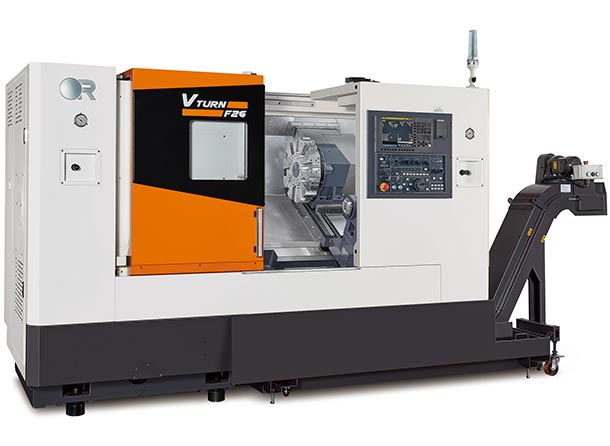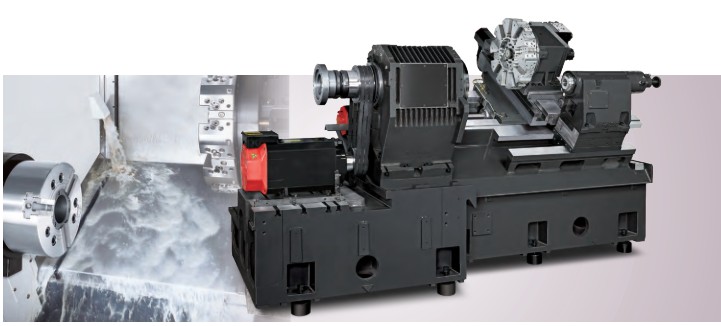In the realm of modern manufacturing, automation plays a pivotal role in enhancing productivity, efficiency, and precision. One such automation tool that has significantly transformed machining operations is the bar feeder. Bar feeders are integral components in automated manufacturing systems, particularly in turning operations involving CNC (Computer Numerical Control) lathes. This report delves into the functionality, benefits, and types of bar feeders, providing a comprehensive understanding of their role in the manufacturing industry.
Functionality of Bar Feeders
A bar feeder is a device that automates the process of feeding raw materials, typically metal bars, into a machine for further processing. This automation is crucial in industries that require the use of long, cylindrical materials such as metal bars, tubes, or pipes. The primary function of a bar feeder is to ensure a continuous and efficient production process by holding and feeding materials into the machine, thereby minimizing the need for manual intervention.
Bar feeders are typically attached to the headstock of a CNC lathe through a lathe adapter. They consist of several components, including a bed that supports bundles of bar stock, a bar pusher that moves the stock through the feeder and into the chuck, a clamping mechanism, and a system to adjust the position of the feed. These components work in tandem to automate the loading process, allowing for uninterrupted machining operations.
Benefits of Using Bar Feeders
The integration of bar feeders into manufacturing processes offers numerous advantages, making them indispensable in modern machining operations. Some of the key benefits include:
- Increased Productivity and Efficiency: By automating the loading process, bar feeders significantly reduce the need for manual labor, allowing operators to focus on other priority tasks or monitor multiple machines. This leads to increased productivity and throughput.
- Cost Savings: The investment in a bar feeder is quickly recouped through reduced labor costs and increased production efficiency. Bar feeders enable manufacturers to remain competitive by meeting cost expectations and reducing piece part costs.
- Improved Accuracy and Consistency: Bar feeders enhance the accuracy and consistency of the manufacturing process by minimizing human error and ensuring precise material handling. This results in higher-quality finished products.
- Safety: By limiting worker-machine interaction, bar feeders reduce the risk of repetitive motion injuries and other safety hazards associated with manual material handling.
- Increased Capacity: Bar feeders allow for longer unattended runs, enabling manufacturers to increase production capacity without adding new machinery. This is particularly beneficial for high-volume production runs.
Types of Bar Feeders
Bar feeders come in various configurations, each suited to specific manufacturing needs. The selection of a bar feeder depends on several factors, including production quantities, bar diameter, and length requirements, and the type of turning machine used. The main types of bar feeders include:
- Long Bar Feeders: These feeders are designed to handle 12-foot bar stock and are ideal for large quantity production runs. They enable longer periods of unattended operation and reduce waste by having one remnant. However, they require significant floor space and may not be suitable for profiled or non-straight bars.
- Short Bar Feeders: These are the least expensive form of automation for CNC lathes and are suitable for small production lots. They load spindle-length bars into the lathe and are ideal for applications requiring quick setup times and frequent changes in bar stock diameter or material.
- Servo-Driven Bar Feeders: These feeders use servo motors for precise control of the bar pushing process, eliminating the need for a physical bar stop in the lathe turret. They offer high accuracy and reduced maintenance requirements compared to pneumatic systems.
Conclusion
In conclusion, bar feeders are a vital component of modern manufacturing systems, offering significant benefits in terms of productivity, cost savings, accuracy, and safety. Their ability to automate the feeding of raw materials into CNC lathes and other machines makes them indispensable in industries that demand high precision and efficiency. As manufacturing continues to evolve, the role of bar feeders in enhancing automation and competitiveness is likely to grow, making them a valuable investment for any production facility.


